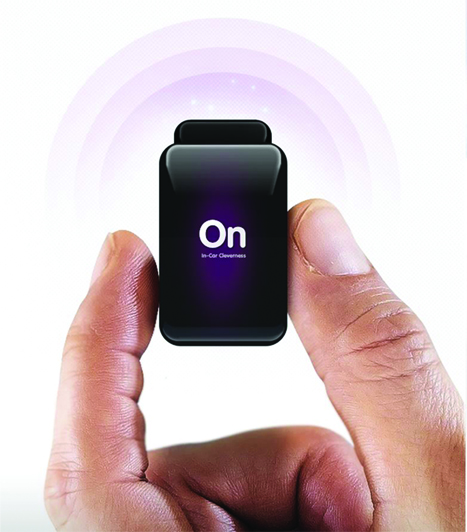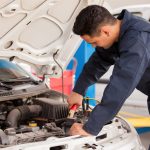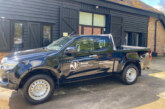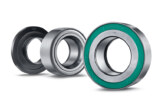Technology could halve unexpected breakdowns by 2020 according to telematics expert In-car Cleverness, as data increasingly helps fleets to identify malfunctions before they escalate.
Harnessing this data would slash repair bills by £1.3 billion annually, as the one in four vehicles which breakdown annually could be inspected before they fail.
The fleet industry has been spearheading the uptake of intelligent OBD-telematics devices, and the sector could see even bigger benefits as devices begin to integrate further into connected vehicles. The technology could also improve TCO figures for fleets, with better maintained vehicles retaining more of their value when de-fleeted.
Curtailing motorists’ love-hate relationship with the hard shoulder would also save drivers millions of hours lost waiting for recovery services and organising repairs for the estimated eight million breakdowns each year.
The projection comes as vehicle manufacturers and specialists such as In-car Cleverness are helping to accelerate uptake and acceptance of the technology.
The systems, which are installed from the factory or retro fitted to vehicles, provide a proactive repair and maintenance alternative to traditional servicing which relied on estimated lifecycles of parts and routine check-ups.
However, the components and parts of the various key vehicle systems are increasingly connected to the diagnostics system, which means analytical telematics devices can access data to predict faults and errors to reduce avoidable breakdowns.
Paul O’Dowd, Head of Sales at In-car Cleverness, commented: “It’s not impossible to foresee a future in which almost no unexpected breakdowns occur.
“In-vehicle technology – remote diagnostics in this context – has come on in leaps and bounds and as uptake increases, we will be able to anticipate a large percentage of the nation’s vehicle glitches before they cause a failure.
“This predictive maintenance alongside routine check-ups will reduce the cost of running individual or fleets of vehicles – prevention is always better than the cure.”
In tandem with the use of diagnostics via on-board software, the comprehensive feedback on vehicle health can be supported by driving behaviour monitoring systems which also help to mitigate against breakdowns to improve safety and reliability.









